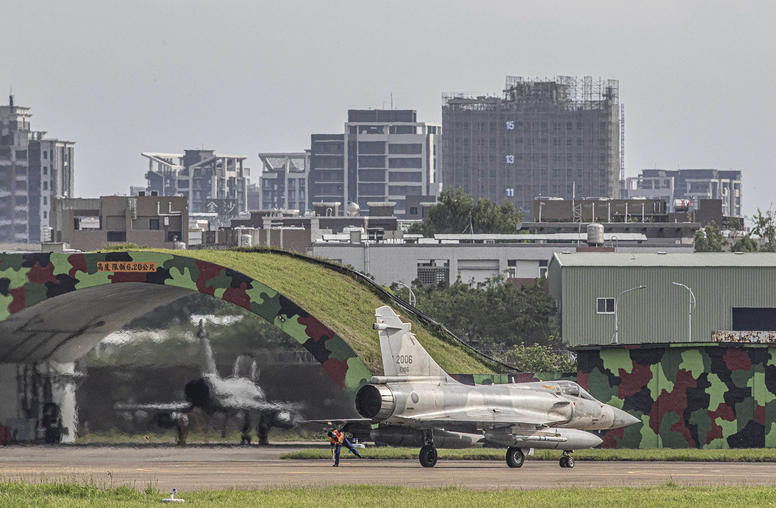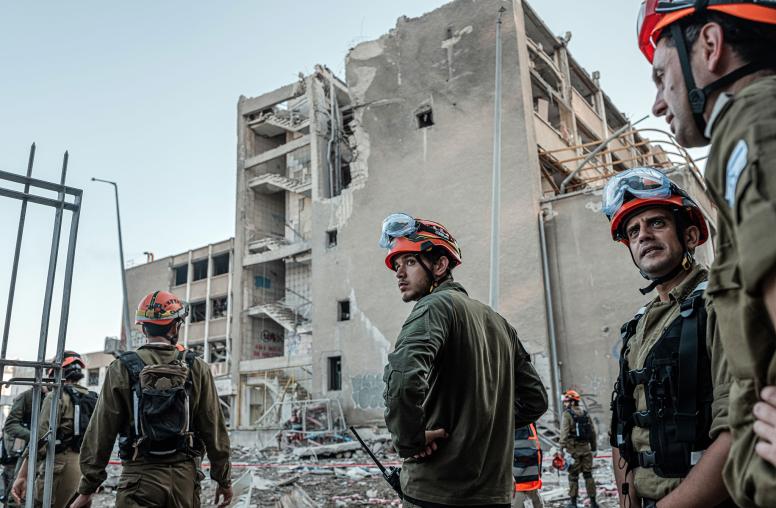Counting the Dead and Wounded: Improving Capacity to Measure the Casualties of Armed Conflict
Tallying the fatalities and injuries resulting from armed conflict is an enormous challenge, with major political implications. Comprehensive, accurate information may be hard to collect, and conflict protagonists are prone to distort casualty figures. Meanwhile, the means of gathering data and evaluating competing claims have emerged in an ad hoc fashion. As a result, casualty statistics can be highly controversial and subject to misuse, exacerbating the risks of both further hostilities and poorly calibrated reactions by local and international actors.
Tallying the fatalities and injuries resulting from armed conflict is an enormous challenge, with major political implications. Comprehensive, accurate information may be hard to collect, and conflict protagonists are prone to distort casualty figures. Meanwhile, the means of gathering data and evaluating competing claims have emerged in an ad hoc fashion. As a result, casualty statistics can be highly controversial and subject to misuse, exacerbating the risks of both further hostilities and poorly calibrated reactions by local and international actors.
A central focus of USIP's mission is to improve knowledge of the nature of conflict in ways that have direct practical applications for efforts to mitigate, resolve and redress violence. Top decision-makers and other stakeholders in the U.S. and abroad would greatly benefit from access to more reliable, complete evidence about casualties. With such facts, they will be far better equipped when contemplating interventions in conflicts. Designing and implementing suitable, successful measures during post-conflict transitions also hinge on appreciating the human consequences of violence.
Consistent with these goals, the Oxford Research Group (ORG), a nongovernmental organization (NGO) in the United Kingdom, was awarded a grant by USIP in 2010 to support an ongoing project that aims to transform the recording and reporting of casualties from armed conflict. The primary motivations for this initiative are the lack of conventions for and a common commitment to the collection, validation, distillation and dissemination of casualty data. ORG is tackling these shortcomings via a set of related activities. One involves surveying existing documentation efforts, in order to assemble a broad picture of methods and outputs that highlights effective approaches and critical issues. In addition, ORG organized a new network of relevant practitioners, currently comprised of 26 organizations-two of which have likewise been recipients of USIP grants-from 17 countries from around the world.
The network affords a collaborative vehicle for accelerating the sharing of experiences and lessons, isolating problems and needs and developing rigorous standards. In particular, the member organizations will contribute to defining and testing a general framework for enumerating casualties. The network complements a parallel ORG initiative to establish the logging of conflict-related casualties as a global norm and legal requirement. In September 2011, ORG is convening the first-ever conference centered around the theme of 'Recording Every Casualty,' which will gather representatives of the network members and national governments, intergovernmental organizations, NGOs and funding agencies, as well as noted scholars. An expected outcome of the ensuing consolidation of expertise and professionalization of this field is to enhance the quantity, quality and utility of casualty data that is available to policymakers, researchers, the media and public audiences.
Explore Further
- "Killing Friends, Making Enemies: The Impact and Avoidance of Civilian Casualties in Afghanistan"
Peace Brief by J. Alexander Thier and Azita Ranjbar | July 2008 - Read more USIP Grant Highlights
- USIP Grant and Fellowships program



